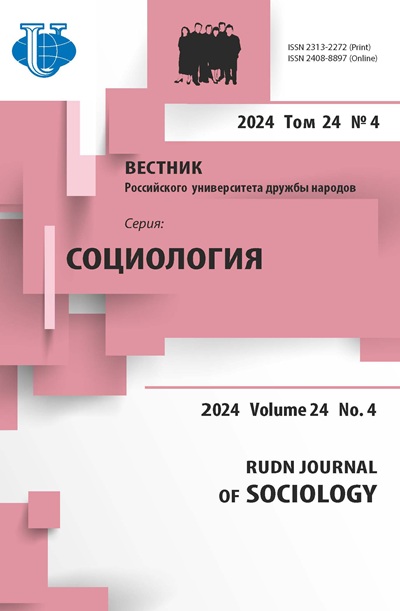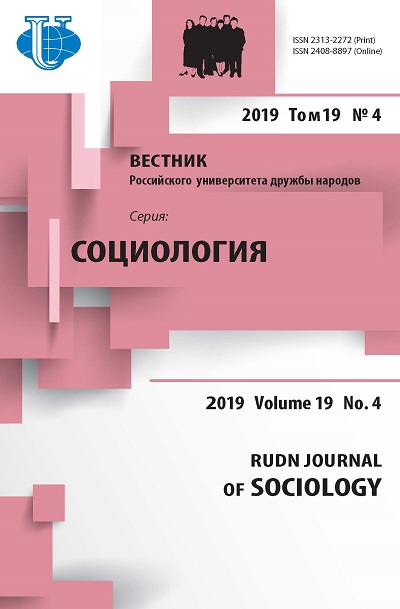Abstract
Demographic security under the uneven replacement of population due to significant fluctuations in birthrates is one of the most important problems for many states and global communities. According to the numerous studies, the developed countries face the challenge of depopulation and need to increase fertility, while the developing countries experience demographic boom and need to reduce fertility. The article considers the dynamics of fertility rates in the BRICS countries in the context of gender inequality in labor relations. The authors show that gender discrimination in labor relations affects fertility. The BRICS countries demonstrate that the lower birthrate the higher the level of women’s employment, of women’s wages, of gender equality in the economic sphere, and the larger the share of female students in the higher education. For the contemporary Russian society this correlation is reverse. The BRICS group consists mainly of developing countries, whose demographic transition has not yet been completed. For this reason, these countries demonstrate a negative correlation between fertility and gender inequality in the labor market. According to the sociological research findings, women there are still challenged with the choice between family and employment. Significant gender inequality in the labor market is an additional factor that forces women into the sphere of family employment. Gender discrimination in the labor market in Russia has a completely different impact on the birthrate than in other BRICS countries: a lower level of gender inequality in the labor market, on the contrary, contributes to the higher fertility. On the one hand, the higher level of gender equality in the labor market makes it easier for women to combine family employment and career, which results in larger number of children per family. On the other hand, the tradition to have several children declines. Therefore, the gender equality policy in a long run determines a smaller number of children per family in the future.














